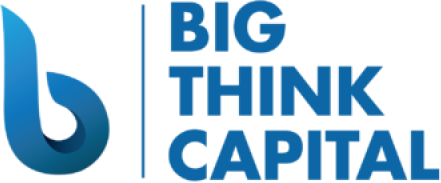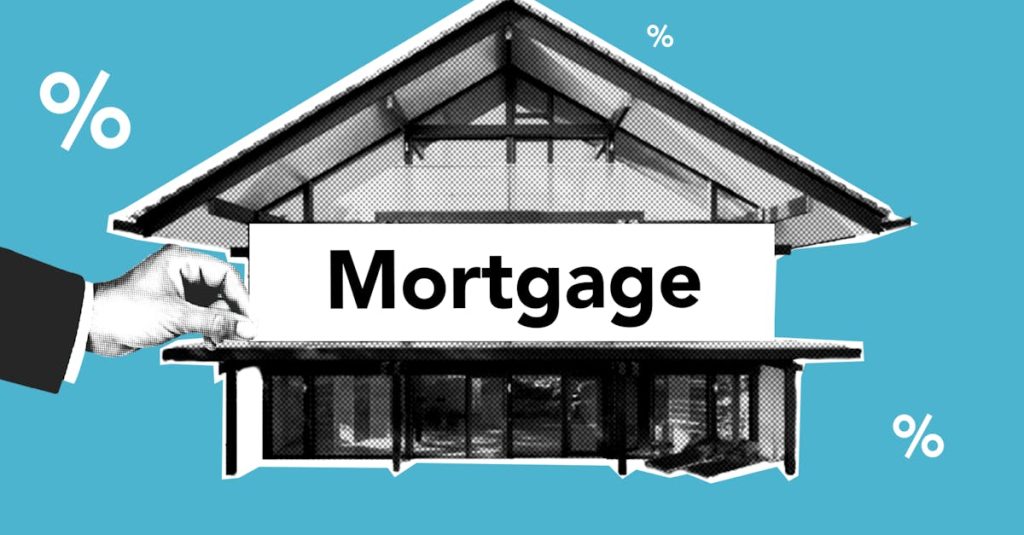Mastering the Art of Small Business Financing: Strategies to Stay Afloat Amid Rising Interest Rates
Estimated reading time: 6 minutes
- Understand the impact of rising interest rates on your business financing.
- Explore working capital advances as a flexible financing option.
- Utilize equipment financing to preserve cash flow and enhance operations.
- Take advantage of SBA loans for lower rates and longer repayment terms.
- Strategically leverage lines of credit for unpredictable expenses.
Table of Contents
- Understanding the New Era of Interest Rates
- Strategies to Manage Rising Costs with Working Capital Advances
- Using Equipment Financing to Stabilize Your Operations Amidst Change
- Taking Advantage of SBA Loans and Business Lines of Credit Under 2025 Market Conditions
- Conclusion
- FAQ
Understanding the New Era of Interest Rates
In recent years, the Federal Reserve has adopted a strategy of increasing interest rates to combat inflation. As of 2025, the average U.S. interest rate sits significantly higher than it did a few years ago. This change is vital for small business owners to consider when planning their funding strategies. According to the Federal Reserve, the current interest rate is between 5.25% and 5.50%, which is considerably higher than the historical norm.
What Rising Interest Rates Mean for Small Businesses
- Higher Borrowing Costs: The cost of taking out a loan has increased. This affects various types of financing, including SBA loans, equipment financing, and lines of credit. When rates rise, monthly payments become more challenging to manage.
- Tighter Cash Flow: As borrowing costs increase, businesses may experience pressure on cash flow, which can impact day-to-day operations and growth potential.
- Investment Opportunities May Change: Higher rates can lead to decreased consumer spending, impacting demand for certain products and services. Business owners need to be strategic about when and how to invest in their operations.
Strategies to Manage Rising Costs with Working Capital Advances
Amid rising interest rates, many small businesses are turning to working capital advances to maintain liquidity. This type of financing can be particularly appealing because it consists of flexible terms that can adapt to a business’s cash flow needs.
What is a Working Capital Advance?
A working capital advance is a type of short-term financing where businesses receive a lump sum of cash now in exchange for a percentage of future sales. This can help cover immediate expenses without the long-term obligations of a traditional loan.
Benefits of Working Capital Advances
- Quick Access to Funds: Funds are typically disbursed rapidly, allowing business owners to address urgent needs.
- Flexible Repayment: Unlike fixed-rate loans, payments on working capital advances vary based on sales, meaning they can scale with your business’s revenue.
- Minimal Qualification Barriers: These advances often require less documentation and may be accessible to businesses with lower credit scores.
Practical Tips for Using Working Capital Advances Effectively
- Monitor Cash Flow Closely: Use a cash flow forecasting tool to understand your future cash requirements and avoid overextending yourself.
- Only Borrow What You Need: Since working capital advances can be costly, ensure that you are borrowing just enough to cover necessary expenses.
- Plan for Seasonal Fluctuations: If applicable, anticipate periods of low sales and adjust your funding requests accordingly, ensuring you maintain healthy cash reserves during lean seasons.
Using Equipment Financing to Stabilize Your Operations Amidst Change
Equipment is often the backbone of a small business, whether you’re running a restaurant, a construction company, or a tech startup. However, securing equipment financing can feel daunting with rising interest rates.
Understanding Equipment Financing
Equipment financing allows small business owners to purchase or lease equipment while spreading the cost over time. The equipment itself often serves as collateral, reducing risk for lenders.
Benefits of Equipment Financing
- Preserves Cash Flow: Rather than paying upfront costs, businesses can invest in equipment without severely impacting cash flow.
- Tax Benefits: Certain types of equipment financing may qualify for tax deductions under Section 179 of the IRS tax code, helping to offset costs.
- Access to Modern Equipment: By using financing, businesses can upgrade equipment, which can enhance productivity and operational efficiency.
Practical Insights on Securing Equipment Financing
- Research Different Financing Options: Explore various providers to find the best terms and rates. Consider lenders that specialize in equipment financing.
- Assess Your Needs: Determine what equipment is necessary for growth and which model will serve you best, considering both cost and function.
- Prepare Documentation: Lenders often require financial statements and documentation proving your business’s operational efficacy. Be prepared to showcase how the equipment will enhance productivity.
Taking Advantage of SBA Loans and Business Lines of Credit Under 2025 Market Conditions
SBA loans and business lines of credit present significant opportunities for small business owners to secure favorable financing, even during periods of rising interest rates.
What are SBA Loans?
SBA loans are government-backed loans designed to assist small businesses in obtaining funding at lower rates compared to conventional loans. These loans feature competitive interest rates, longer repayment terms, and flexible use of funds.
Benefits of SBA Loans
- Lower Interest Rates: Despite higher overall rates, SBA loans generally offer more favorable terms due to government backing, providing a buffer against rising rates.
- Longer Repayment Periods: With terms extending up to 25 years for real estate purchases, business owners can spread their payments over a longer duration, easing financial pressure.
- Access to Larger Amounts: SBA loans can offer significant funding amounts, enabling businesses to undertake major projects or expansions.
How to Utilize Business Lines of Credit
A business line of credit is a flexible funding option that allows businesses to borrow up to a set limit, paying interest only on the amount withdrawn.
Practical Strategies for Leveraging SBA Loans and Business Lines of Credit
- Assess Eligibility Early: Prepare your financial documents and understand the requirements of different SBA loan programs to avoid delays in securing funding.
- Utilize Lines of Credit for Unpredictable Expenses: Reserve your line of credit for unforeseen expenses or seasonal fluctuations, providing an additional layer of financial stability.
- Strategize Your Financing Needs: Carefully consider your growth plans and funding needs to determine when to pursue SBA loans versus utilizing a line of credit.
Conclusion
In a time of fluctuating interest rates, small business financing requires thoughtful navigation and strategic planning. By utilizing working capital advances, equipment financing, SBA loans, and lines of credit effectively, business owners can ensure that their operations remain smooth and sustainable.
As you explore financing options, remember that Big Think Capital is here to support you. Our team of experienced professionals is dedicated to helping you access the funding you need to thrive under current market conditions.
For more information about how we can assist you in your funding journey, visit us at bigthinkcapital.com or speak with one of our funding experts today. Together, we can navigate the complexities of financing and set your business on a path to success.
FAQ
Q1: What should I consider before taking a business loan?
Consider interest rates, repayment terms, and your business cash flow before making a decision.
Q2: How can working capital advances help my business?
They provide quick access to funds with flexible repayment options that align with your sales.
Q3: What are the benefits of SBA loans?
SBA loans offer lower interest rates, longer repayment periods, and access to larger funding amounts for business growth.
Q4: How do I qualify for equipment financing?
Lenders typically require your business financial documents and a justification of how the equipment will improve operations.
Q5: Are business lines of credit easy to get?
They can be accessible, but the terms depend on your business’s creditworthiness and financial documentation.






